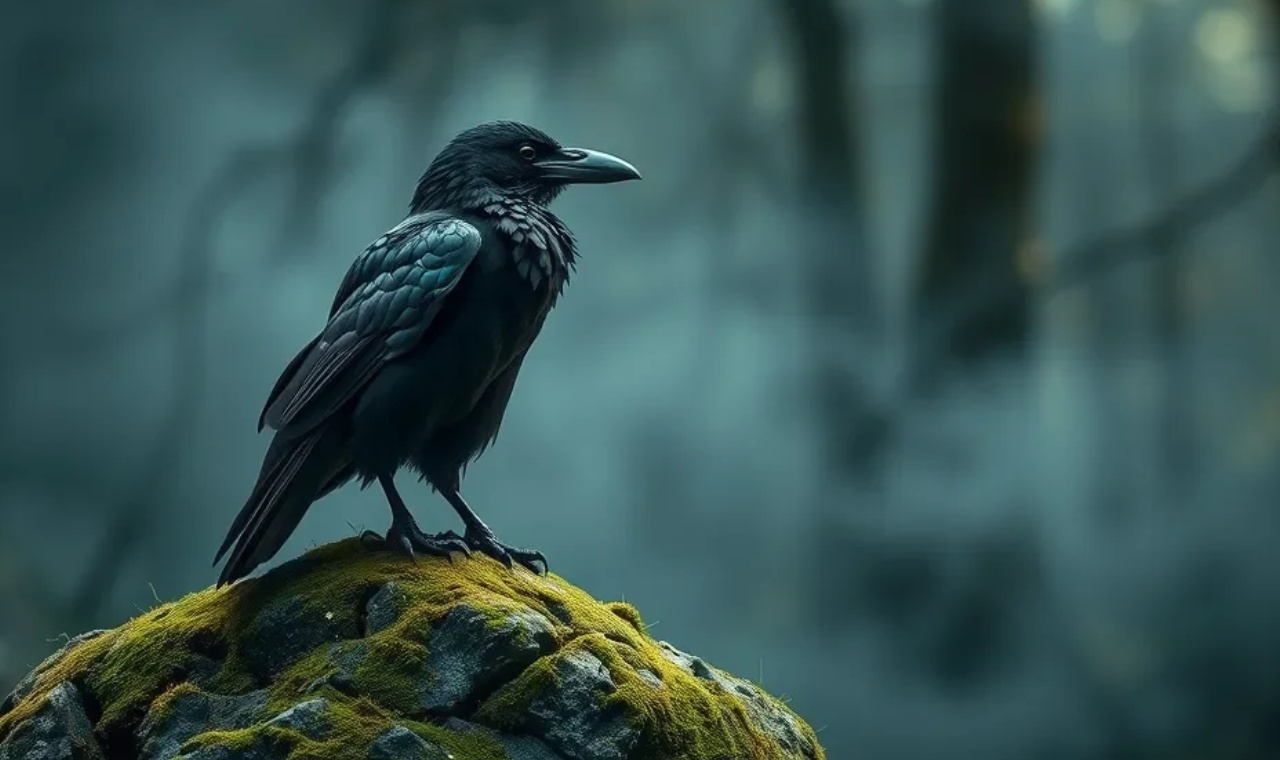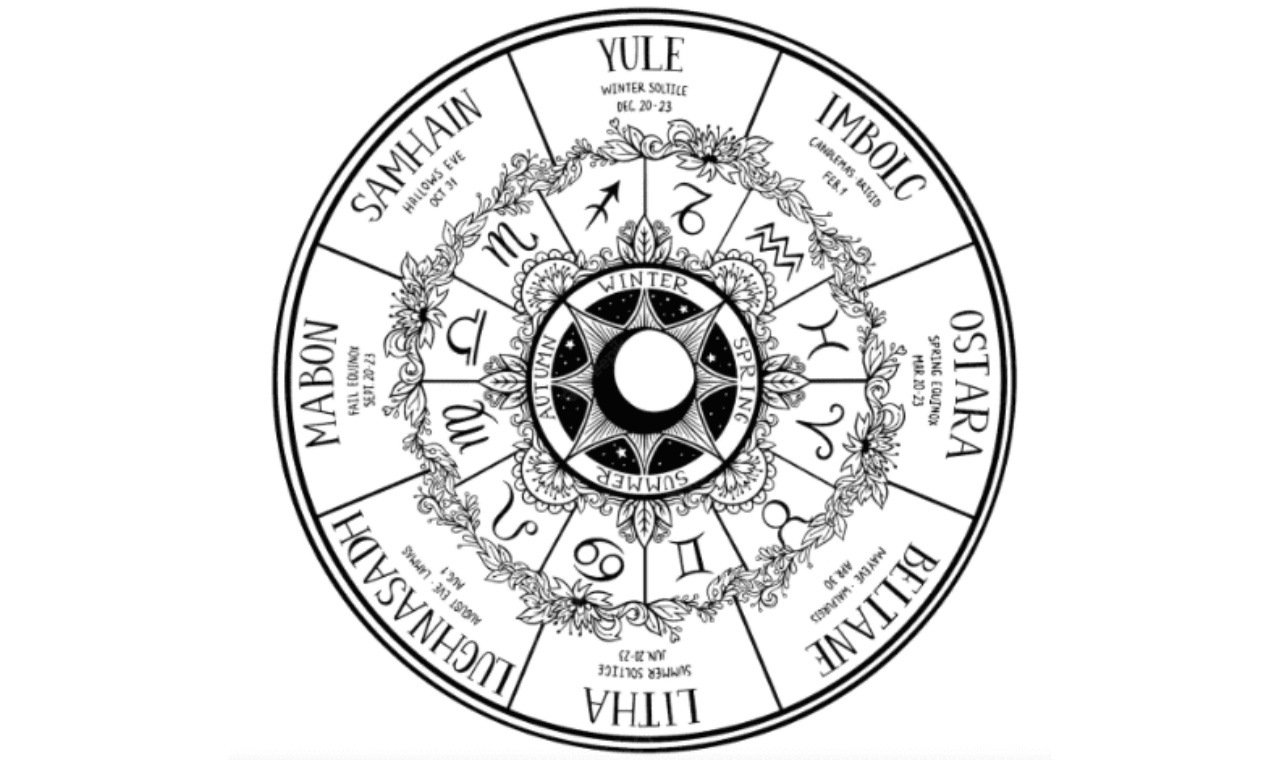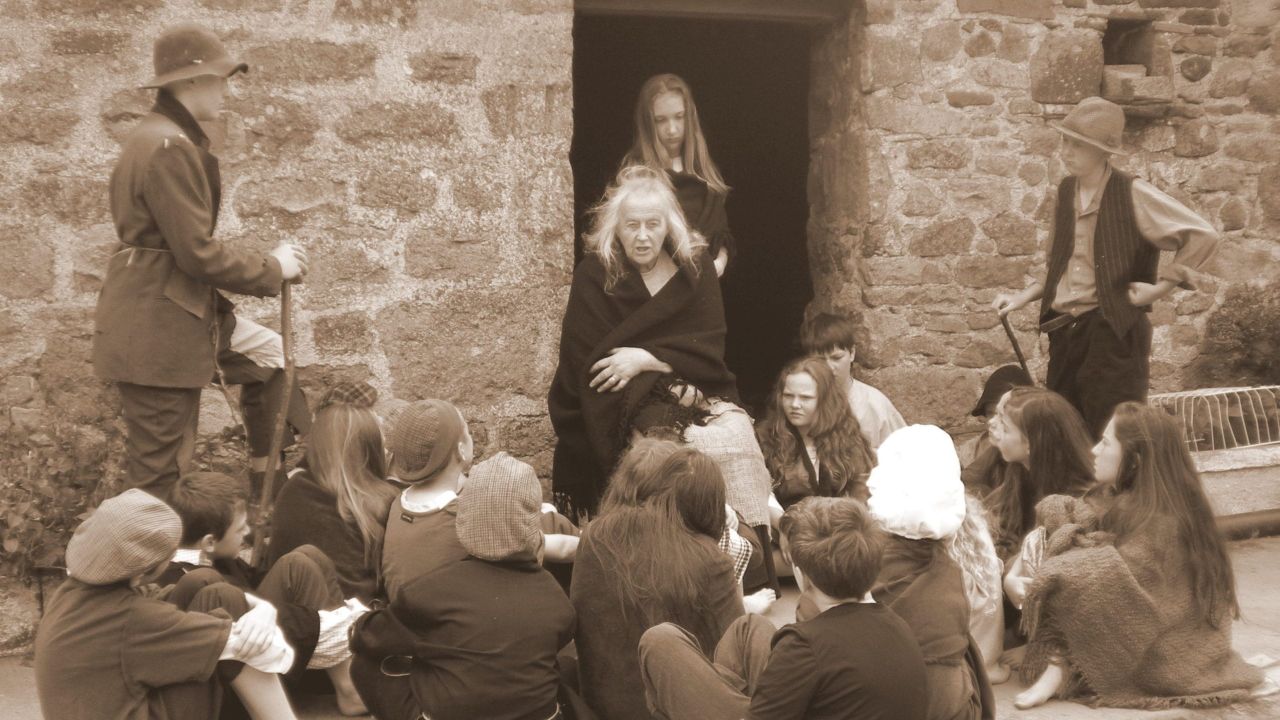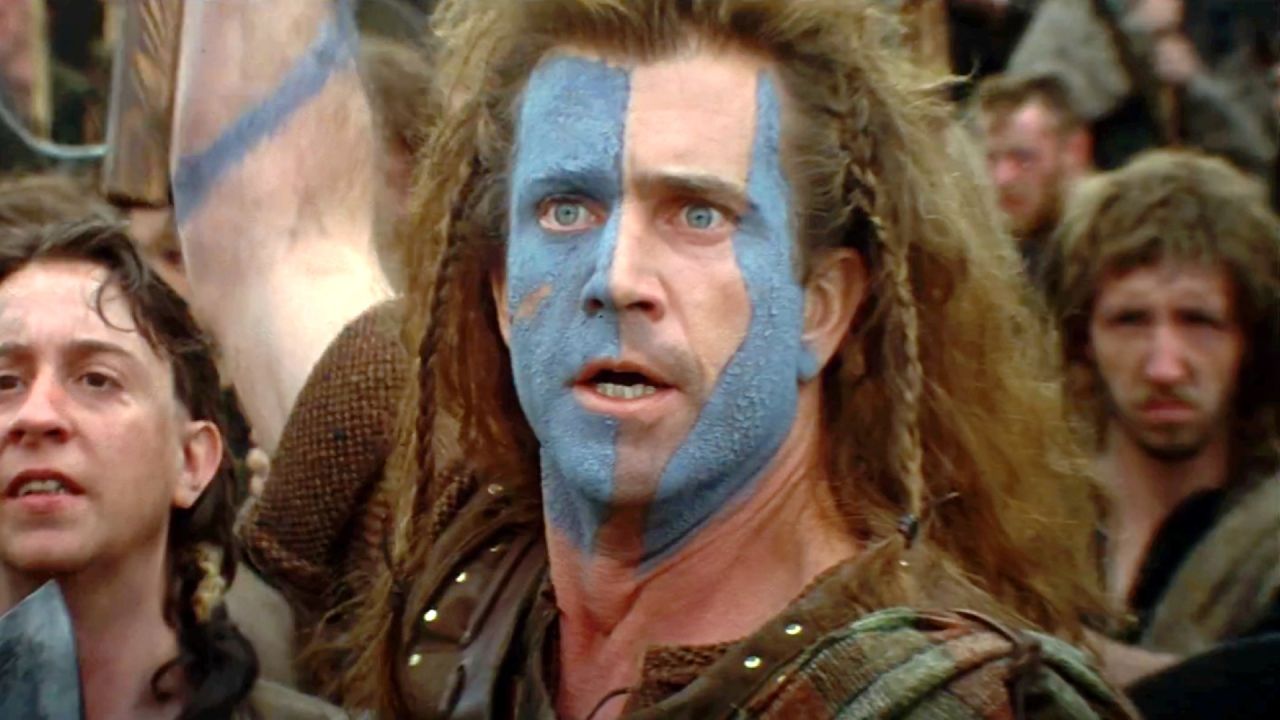Epona: The Celtic Horse Goddess of Freedom and Fertility

In the heart of Celtic mythology, one figure stands tall beside her galloping steed—Epona, the revered horse goddess.
Her name, derived from the Gaulish word epos (meaning “horse”), reflects her deep bond with the creature that carried warriors, traders, and gods across the Celtic world.
Epona wasn’t just a goddess; she was a symbol of freedom, fertility, and protection. From the windswept plains of Gaul to the misty hills of Ireland, her worship united tribes under the sacred image of the horse, a companion of both battle and spirit.
Origins of Epona’s Worship
Unlike many Celtic deities, Epona’s cult spread far beyond her native lands. The Romans, captivated by her grace, adopted her into their pantheon—an honor few Celtic deities received. Shrines to Epona appeared in military stables and along Roman roads, where soldiers invoked her for protection during travel and war.
Her worship crossed borders, showing how Celtic spirituality blended seamlessly with Roman religion, much like how tartan evolved as both a cultural and artistic identity (learn more about Celtic art and patterns).

Epona’s Sacred Symbols and Meaning
Epona’s imagery often shows her surrounded by horses, foals, fruit, and cornucopias—all powerful symbols of life and abundance. The horse represented speed, freedom, and the link between the human and spiritual realms, while the cornucopia highlighted her role as a fertility and prosperity goddess.
Many ancient Celtic carvings and votive offerings show Epona holding reins or standing protectively among her horses, an image that echoes the balance between control and freedom, a theme still celebrated in Celtic philosophy and art.

Guardian of Travelers and Warriors
Epona’s favor was not only sought by farmers or horse-keepers. Celtic warriors prayed to her before riding into battle, believing she guided them and their mounts safely home. Her presence in Roman cavalry stables also reveals her status as a protector of journeys whether across land or life itself.
Just as the Celtic Sun God Lugh embodied light and skill, Epona represented the spirit that carried that light forward, the momentum of motion and purpose.
Epona’s Legacy in Modern Celtic Culture
Today, Epona continues to inspire artists, writers, and spiritual seekers. Her image gallops through Celtic festivals, equestrian folklore, and even modern music and literature.
In many parts of Europe, people still leave offerings to horses on the winter solstice—a subtle echo of Epona’s enduring presence.
Epona’s essence reminds us that the horse is not merely an animal of burden but a creature of spirit and sovereignty, a reflection of the Celtic belief that all life moves in sacred rhythm.

Connecting the Threads of Celtic Myth and Life
Epona’s story intertwines beautifully with Celtic culture’s broader themes; freedom, nature, and divine balance.
You can explore these connections further through other Celtic legends like the Hill of Tara or The Cauldron of Dagda, both deeply rooted in the spiritual landscape of the Celts.
Like the Irish storytellers who kept such myths alive, each telling of Epona renews her spirit for future generations.
Final Thoughts: The Galloping Spirit of Epona
Epona represents more than myth, she embodies the Celtic heart’s yearning for harmony with nature and the unrestrained joy of movement.
Her horses are symbols of strength and grace, guiding humanity toward balance and renewal.
In her story, the Celts found courage, fertility, and protection. In ours, she remains a reminder to honor the wild within us, to ride forward with purpose, guided by freedom’s timeless spirit.










